Death as political capital (2)
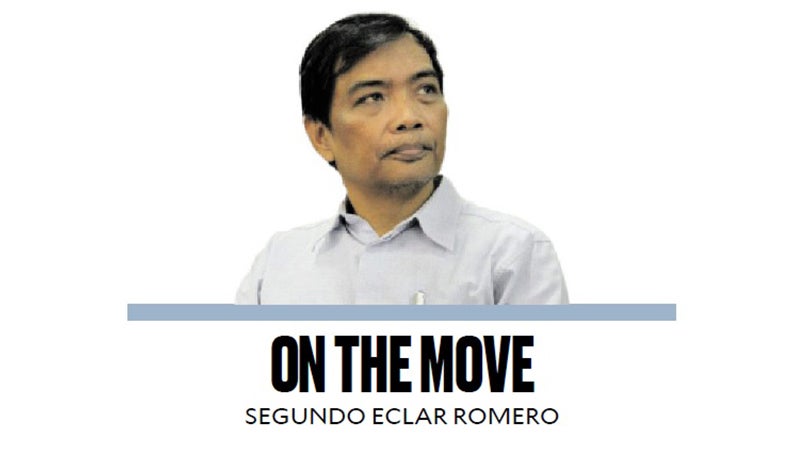
In part 1 of this column, we examined how Rodrigo Duterte’s imprisonment at The Hague may become the linchpin of an audacious final maneuver: using his death to catapult Sara Duterte into the presidency of the Philippines in 2028. This would be a potent exercise in political necromancy—turning death into the ultimate form of propaganda.
But this game of power is not being played in isolation. Beneath the domestic spectacle lies a far larger geopolitical chessboard, where external powers—most notably China and the United States—treat Philippine politics not as a sovereign process but as leverage in a much broader confrontation.
China, internally beset by economic slowdown, military overextension, and collapsing real estate giants like Evergrande and Country Garden, is increasingly turning to external assertiveness as a way of managing domestic legitimacy. Beijing sees the Philippines as critical—not just for its geographic proximity to Taiwan and key shipping lanes but for its role in regional narratives of US containment. A Duterte resurgence—and particularly a Sara presidency—offers Beijing an ideological and diplomatic bridge it no longer enjoys under President Marcos.
The second Trump presidency has proven to be on the rails of Project 2025. Trump is giving the whole world a shock treatment, turning allies into enemies and enemies into friends, using tariffs, surgical military sorties, defunding federal government offices, and skirting judicial control. In less than 100 days, he has stricken fear in the hearts of persons and institutions in America and beyond.
In short, both superpowers may have reasons to influence the 2028 outcome—directly or indirectly, through proxies, social media ecosystems, and resource flows.
So what possible political futures emerge from this volatile mix of mourning, manipulation, and multinational interests? Using a futures thinking framework, we can outline four scenarios that may define the Philippines’ path to—and beyond—2028.
Scenario 1: The red resurrection (High probability). Rodrigo Duterte dies during the 2028 campaign season. The nation mourns. The narrative of persecution is solidified. Sara Duterte rises as the heir not just to her father’s legacy but to a victimized nationalist project. She sweeps the elections. China quietly celebrates. The US engagement is rolled back. The International Criminal Court cooperation is blocked. The populist project is reborn, this time with a daughter’s face. Crackdowns on dissent continue. “Strong” leadership narrative dominates. Risk of Institutional weakening, democratic erosion, increased economic dependence on Beijing, and digital authoritarianism.
Scenario 2: Mr. Marcos’ countermove (Low probability, high impact). Mr. Marcos, sensing collapse, reshapes his narrative. He distances himself from both his sister Imee and Sara Duterte. He brings in moderate reformists, technocrats, and even key figures from the democratic opposition. Mr. Marcos reframes himself as a reluctant reformer and nation-stabilizer. His successor (possibly a non-dynastic candidate) runs with establishment support. The US relations solidify. Multilateralism returns. China recalibrates tactics. Elite consensus tries to hold the center. But mass appeal remains with populists. Risk of Mr. Marcos overestimating his machinery. His coalition may collapse under pressure from both extremes.
Scenario 3: The people’s return (Hopeful, but fragile). The democratic opposition unites—early, coherently, and strategically. Civil society, students, local leaders, and reformist figures build a new coalition—possibly around Risa Hontiveros or a civic-backed outsider. The country rediscovers its appetite for moral leadership, transparency, and competence. The shadow of the past no longer defines the future. The US, EU, and Japan reengage with support. China loses its Philippine lever. Truth commissions, education reforms, media safety nets, and anti-disinformation initiatives are institutionalized. Risks of vote-splitting. Electoral violence. Lack of deep grassroots networks in traditional vote-rich areas.
Scenario 4: The crash scenario (Dystopic, disturbingly plausible). Sara Duterte is disqualified. Mr. Marcos loses control of the political center. Protest movements radicalize. Foreign powers intervene covertly. Calls for “transition government,” a state of emergency, or even military-backed stabilization. Civil liberties are suspended “for the sake of order.” The Philippines becomes the battleground for proxy competition. Asean destabilized. Press freedom collapses. Violence becomes routine. Dissent criminalized. Total breakdown of democratic governance. Rewriting of the 1987 Constitution. Regional secessionism.
This moment in Philippine political history may appear like a telenovela—full of melodrama, betrayal, and improbable twists. But its consequences are deadly real.
What’s needed now is discernment: not just of candidates, but of narratives, symbols, and alliances. This is not merely about choosing a president. It is about reclaiming the capacity to imagine a future not dictated by grief, fear, or nostalgia—but built from fact, accountability, and hope.



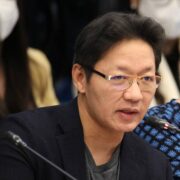
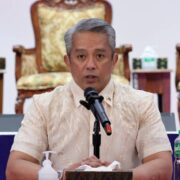
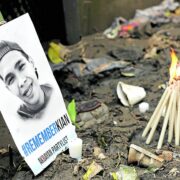
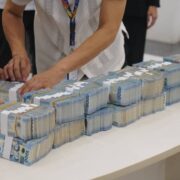

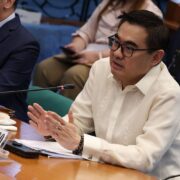

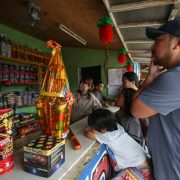
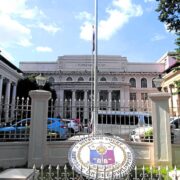



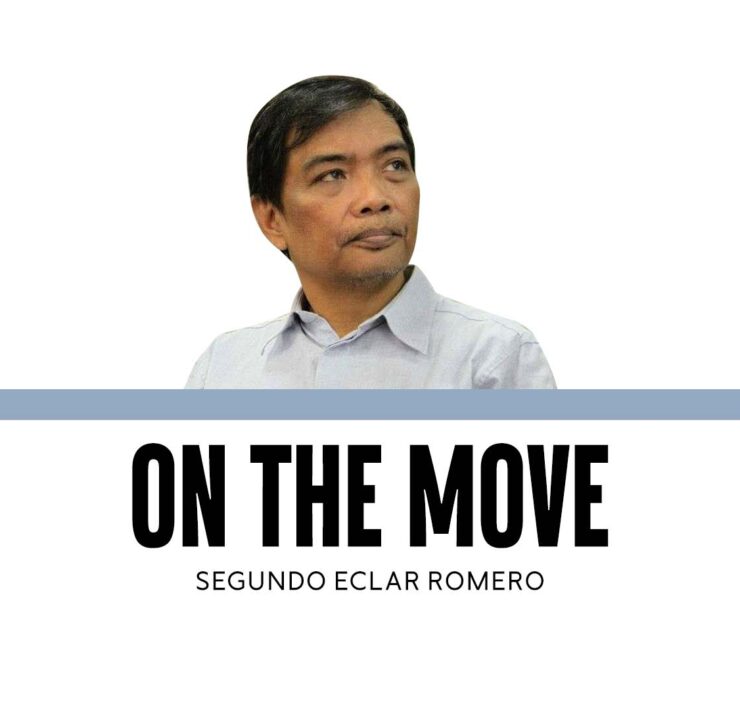


‘When it rains, it pours’